Should we Blame Farmers for That?

Farmers are often unfairly blamed for environmental pollution linked to fertilizer use. In reality, they take significant steps to minimize chemical usage due to economic pressures, environmental stewardship, licensing requirements, and personal ethics. Modern farmers understand that overusing fertilizers and pesticides is costly, ineffective, and harmful to both their land and surrounding ecosystems. Economic Considerations […]
Are Tractors Destroying the Planet??
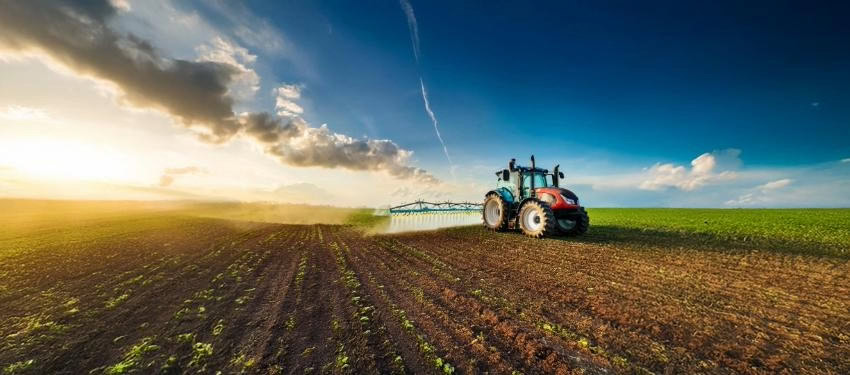
Modern Farming: The Culmination of Hundreds of Steps Toward Restoration and Sustainability Modern farming practices have significantly reduced environmental impacts compared to older, fossil fuel-intensive techniques. Where traditional farming relied heavily on fossil fuels for machinery, fertilizers, and pesticides, today’s practices focus on sustainability, efficiency, and resource conservation. Lower Fossil Fuel Dependence Advances in technology, […]
The Cows know Birds aren’t Real
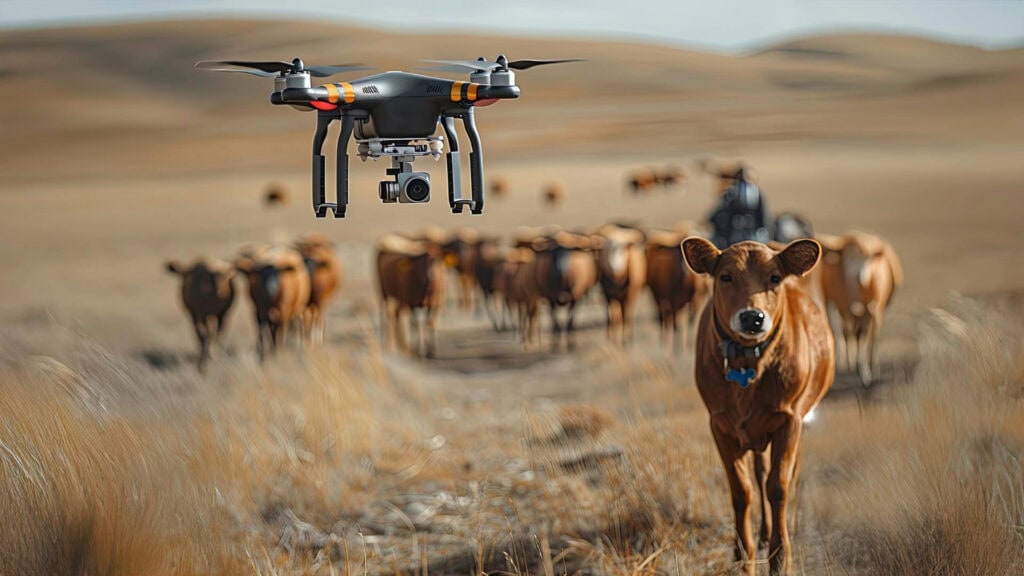
Okay, so we were being a little cheeky with the title, but it got you to click & read this, didn’t it? Drone technology is revolutionizing animal agriculture by enhancing the monitoring of animal health, pasture quality, weight gain, and facilitating herding in rotational grazing systems. These advancements lead to more efficient and sustainable livestock […]
It’s a Bird, it’s a Plane, what’s it doing in that field?

Drone technology is revolutionizing the agricultural sector, offering innovative solutions that enhance efficiency, sustainability, and productivity in farming and ranching. These unmanned aerial vehicles (UAVs) are transforming traditional practices through advanced data collection, precise resource management, and automation. Precision Agriculture and Crop Monitoring Drones equipped with multispectral sensors provide farmers with detailed insights into crop […]
Agriculture Basics: FSA Loans
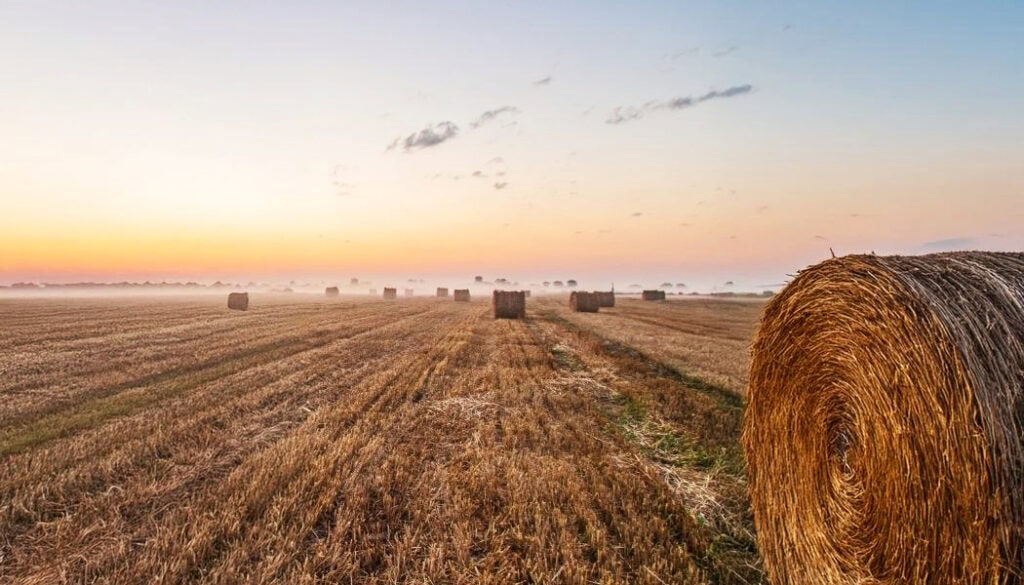
Understanding FSA Loans: A Guide for Farmers Farm Service Agency (FSA) loans are a lifeline for many farmers and ranchers who need financial assistance to purchase land, expand operations, or recover from natural disasters. These loans, provided by the United States Department of Agriculture (USDA), are designed to help agricultural producers access the funds they […]
Rotational Grazing and Wildlife Management
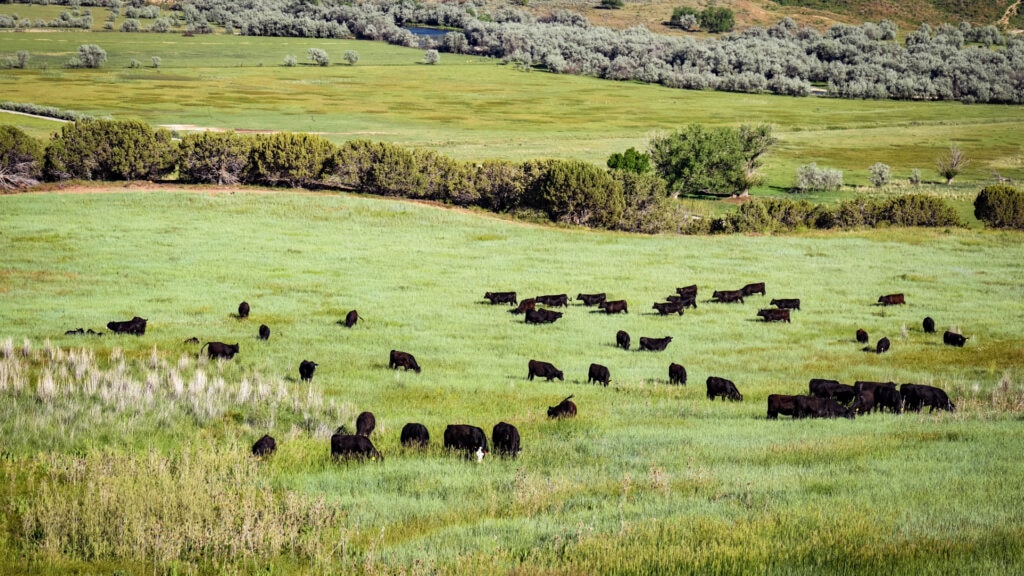
Rotational grazing is a livestock management practice that can significantly benefit wildlife management. This method involves moving livestock between different pastures or grazing areas on a planned schedule to prevent overgrazing and allow vegetation recovery. The value of rotational grazing in wildlife management is multifaceted, contributing to ecological balance, biodiversity, and habitat improvement. One primary […]
Agriculture Basics: What is Dryland Farming?

Dryland farming in Washington State is a crucial agricultural practice, especially in the semi-arid regions of Eastern Washington. This method relies on minimal rainfall, typically without the use of irrigation, making it well-suited for areas like the Palouse and the Columbia Plateau. Farmers in these regions grow crops such as wheat, barley, and legumes, which […]
Why the Economy needs Agriculture
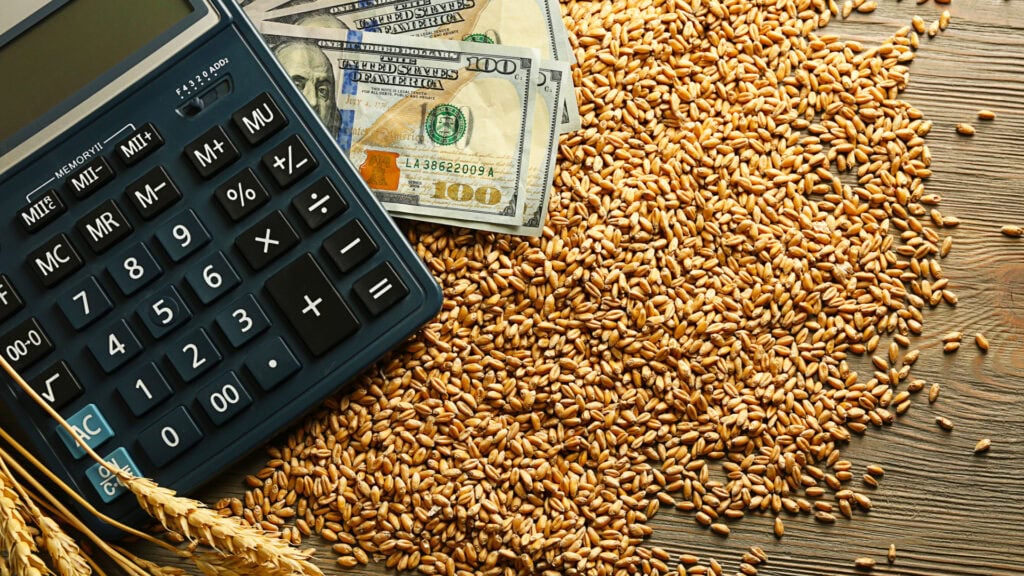
The Economic Impact of Agriculture on Washington State: The Key to Economic Stability Washington State is not only renowned for its stunning natural landscapes and tech industries but also for its vibrant and diverse agricultural sector. Agriculture is not just an important part of the economy—it is the very backbone that holds the state together. […]
What Wheat means to Washington
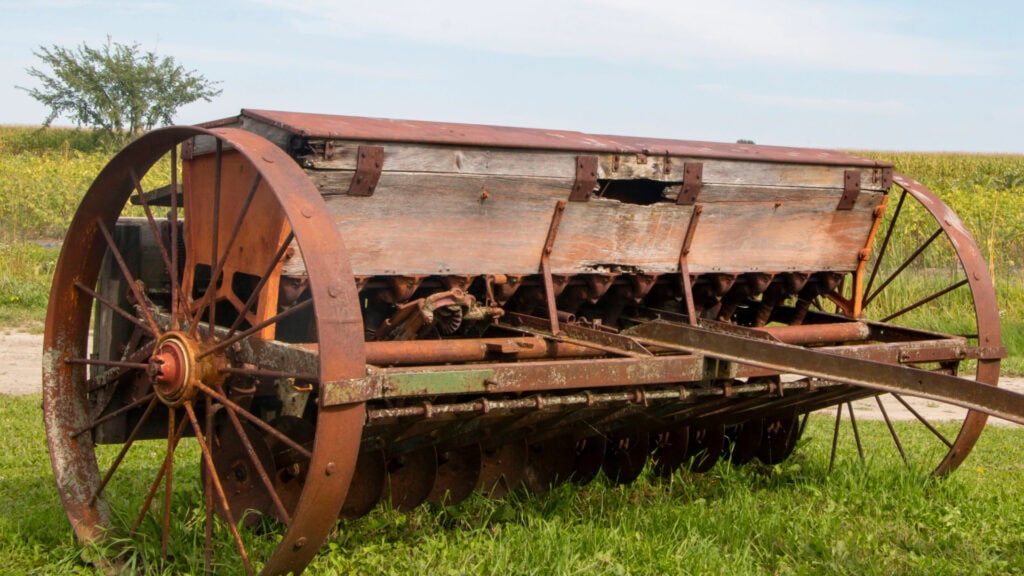
Harvesting wheat in Washington State is a significant agricultural activity, deeply intertwined with the region’s economy and cultural heritage. Washington is one of the leading wheat-producing states in the U.S., thanks to its diverse climate and fertile soils. The process of wheat harvesting in this state is both a traditional practice and a highly mechanized […]
Agriculture Basics: The Farm Bill

The Farm Bill, a cornerstone of U.S. agricultural policy, has a rich history dating back to the Great Depression. Initially introduced in the 1930s as a response to the economic challenges faced by farmers during that time, the Farm Bill aimed to provide financial stability and ensure a steady food supply for the nation. Over […]